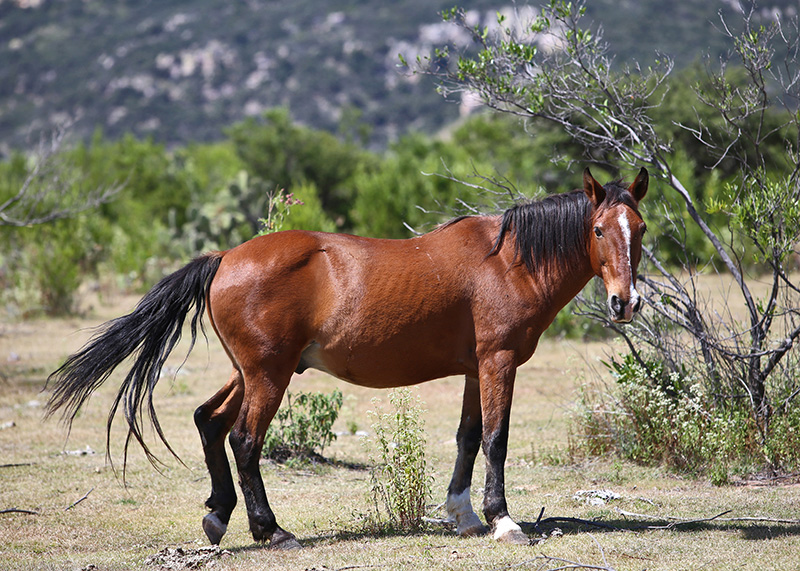Jerusalem The central city and capital of ancient Israel. Throughout its history, the city has also been referred to variously as Zion, Jebus, Mount Moriah, and the City of David.
Jerusalem is located in the Judean hill country, about 2,700 feet above sea level. It borders the Judean desert to the east. The city has expanded and contracted in size over various hills and valleys. There are two major ridges (Eastern and Western Hills) separated by the Tyropoeon Valley. The Eastern Hill contains a saddle, the Ophel Hill, and north of this is the traditional site of Mount Moriah, where later the temple was constructed. The Eastern Hill was always occupied in biblical times, since the only water source is the Gihon spring, located in the Kidron Valley. Two other ridges were important for the city, as they were used for extramural suburbs, cemeteries, and quarries. To the east is the Mount of Olives, which is separated from the Eastern Hill by the Kidron Valley. To the west of the Western Hill is the Central Ridge Route, separated by the Hinnom Valley.
Jerusalem is first mentioned in the Bible during the conquest of Canaan. After Joshua makes a treaty with the Gibeonites, the king of Jerusalem, Adoni-Zedek, forms a coalition of five kings to attack Gibeon. Joshua defeats this coalition and kills the kings (Jos 10). The Canaanite inhabitants of Jerusalem are referred to as Amorites (Jos 10:5) and as Jebusites (Jdg 1:21; 1 Ch 11:4).
When David becomes king over both Israel and Judah, he makes Jerusalem the administrative and religious center of his kingdom, which it remains during the united monarchy. Solomon greatly expands the city by building fortifications, the temple, and the royal palace (1 Kg 7–9). During the divided monarchy, Jerusalem serves as the capital of the southern kingdom. As such, it is attacked by a number of foreign forces, including Shishak of Egypt (1 Kg 14:25–26), Syria and northern Israel (2 Kg 12:17; 15:37), and Sennacherib of Assyria (2 Kg 18:13). Several Judean kings undertake building projects, in particular Uzziah (2 Ch 26:9), Jotham (2 Ch 27:3), Hezekiah (2 Kg 20:20; 2 Ch 32:2–4, 30; Is 22:11), and Manasseh (2 Ch 33:14). When Jehoiakim rebels against Nebuchadnezzar, Jerusalem is invaded by Babylon and finally destroyed (in 586 BC; see 2 Kg 24–25). Prophets during the divided monarchy speak of the destruction of Jerusalem, but also of its exaltation in later times (e.g., Is 2:2–4; 24:23, Jr 7:14; Mc 3:12). After the Persian conquest of Babylon (539 BC), Cyrus II allows the Jews to return to Jerusalem and rebuild the temple (Ezr 1–2).
Between the rebuilding of Jerusalem featured in the books of Ezra and Nehemiah and the birth of Jesus, Jerusalem and Palestine underwent several political and cultural changes. In 332 BC Alexander the Great captured Jerusalem, which marked the end of Persian rule and the beginning of hellenization. Following Alexander’s death, his empire was divided between the Ptolemies of Egypt and the Seleucids of Syria. Ptolemy I captured Jerusalem in 320 BC, and then the Seleucids defeated the Ptolemies and annexed Palestine around 201–198 BC. During this period the Jews were struggling to accept Hellenistic culture. The Maccabeans revolted, and Antiochus IV destroyed the walls of Jerusalem and desecrated the temple (cf. Dn 9:27; 11:31; 12:11). Judas Maccabbeus liberated Jerusalem in 164 BC, and the temple was purified and rededicated. Hasmonean rule lasted from 142 to 63 BC. The Romans conquered Jerusalem in 63 BC under the rule of Pompey and ended Hasmonean rule. During the time of Jesus, Jerusalem was largely the product of the policies and building programs of Herod the Great, who served as a Roman vassal.
In the NT, most of Jesus’s ministry is spent in Galilee, but he would come to Jerusalem at least three times each year to attend the major festivals. Of the Gospel writers, Luke most often refers to Jerusalem and the temple as he frames his account of the deeds and teachings of Jesus. The events of Passion Week in particular take place in Jerusalem and its environs.
The early church starts in Jerusalem with the events of Pentecost (Ac 2). Jerusalem is the origin and the center of the early church under the leadership of James (e.g., Ac 15). It seems to serve as the center of the apostles’ authority, but the missionary zeal soon shifts the ministry and focus of the church to the eastern Mediterranean.
After the events directly narrated in the NT, Jerusalem and its temple were destroyed in AD 70 by the Romans under the direction of Titus. Jerusalem played a major role throughout history and has always been a center of pilgrimage for Christians.
Jerusalem also serves symbolic and metaphorical functions throughout the Bible. The OT prophets use the city as a symbol of God’s dealings with his people and his plan for them. Jerusalem is viewed collectively as God’s abode, his chosen place, and his sovereignty, while its destruction is also representative of God’s judgment on apostasy among his people (e.g., Jr 7:1–15; 26:18–19; Mc 3:12). The rebuilding of the city represents the hope and grace of God (e.g., Is 40:1–2; 52:1, 7–8; 60–62; Jr 30:18–19; 31:38–39; Ezk 5:5; Hg 2:6–8; Zch 8:3–8). The NT authors also speak of Jerusalem in metaphorical and eschatological terms. Paul uses Jerusalem to contrast the old and the new covenants (Gl 4:24–26), and the writer of Hebrews uses it as the place of the new covenant, sealed through the blood of Jesus (Heb 12:22–24). In Revelation the concept of a new Jerusalem is related to the future kingdom of God (Rv 3:12; 21:1–22:5).
